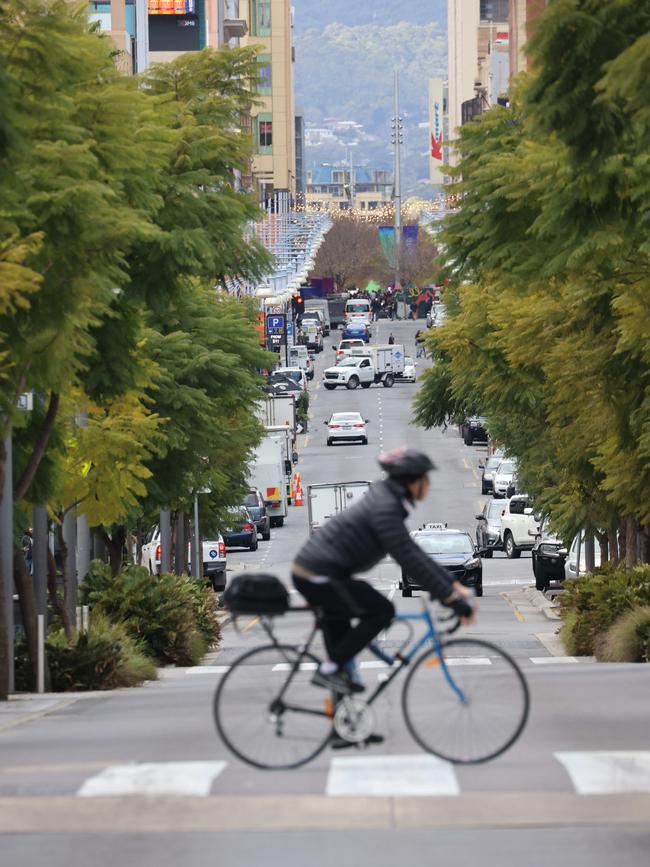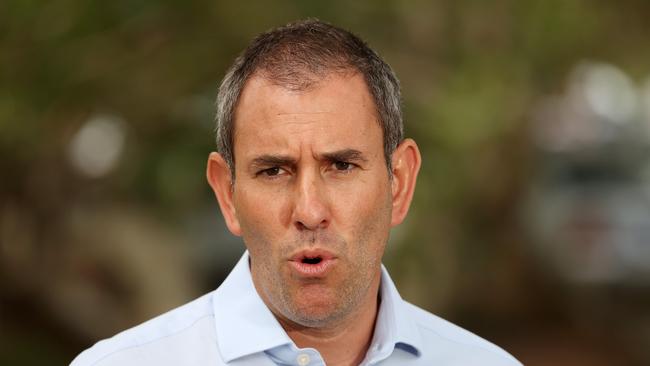Adelaide population growth stuck in slow lane behind Sydney and Melbourne
South Aussies might enjoy the slower pace of life in their capital but there are warnings continuing to lag behind Melbourne, Sydney and Brisbane could cost us.
SA News
Don't miss out on the headlines from SA News. Followed categories will be added to My News.
Adelaide’s population will lag significantly behind the east coast capitals over the next decade despite a recovery in overseas migration and the return of international students.
The city will grow at the comparatively slow rate of just 0.9 per cent to reach about 1.6 million people by 2032-33, according to forecasts by the federal government’s Centre of Population.

At the same time cities like Sydney, Melbourne and Brisbane will all increase their populations at rates of between 1.1 and 1.6 per cent.
About two million people will call South Australia home within 10 years, with growth outside of the greater Adelaide area also much slower than the eastern states.
Experts have warned the sluggish growth will put the state at risk of missing out on major economic and social development.
SA Property Council interim chief executive Bryan Moulds said SA was historically a “relatively low growing population state” and that reversing the trend would be a challenge for successive governments.
“This is something that has been a characteristic for SA for quite some time and it does mean that our economic prospects are dampened,” Mr Moulds said.
“This has been a 20, 30, 40-year challenge for SA. We have to be far more strategic about how we attract business, employment and investment opportunities.”
A spokesman for Premier Peter Malinauskas said SA should “aspire” to hit growth rates consistent with the national average.
“But we must make sure this doesn’t happen at the expense of our standard of living,” he said, adding Labor’s investments in hydrogen and education was “entirely geared towards” long-term economic growth.

Treasurer Jim Chalmers said “crippling skills and labour shortages” were holding back SA’s economy as it recovered from the worst of the Covid-19 pandemic.
More than a quarter of migrant arrivals to SA are permanent visa holders – more than any other state.
The return of international movement – including students coming to Australia for school and university – is expected to return Adelaide to its pre-pandemic levels of population growth.
But Mr Chalmers warned migration was only “part of the solution” to tackling workforce shortages.
“Our approach addresses workforce shortages in a number of ways – making it easier for parents to work more if they want to, training more Australians for skills shortages which have been building for a decade, and improving our migration program,” he said.
In 2020-21, more people moved to SA than left it for the first time in more than 30 years – ending the dreaded “brain drain” of young people moving interstate for education and employment opportunities.
But the benefit of people fleeing NSW and Victoria during the early lockdown periods was only temporary.
Even with the extra interstate arrivals SA’s population growth slowed significantly to 0.5 per cent in the first year of the pandemic.




